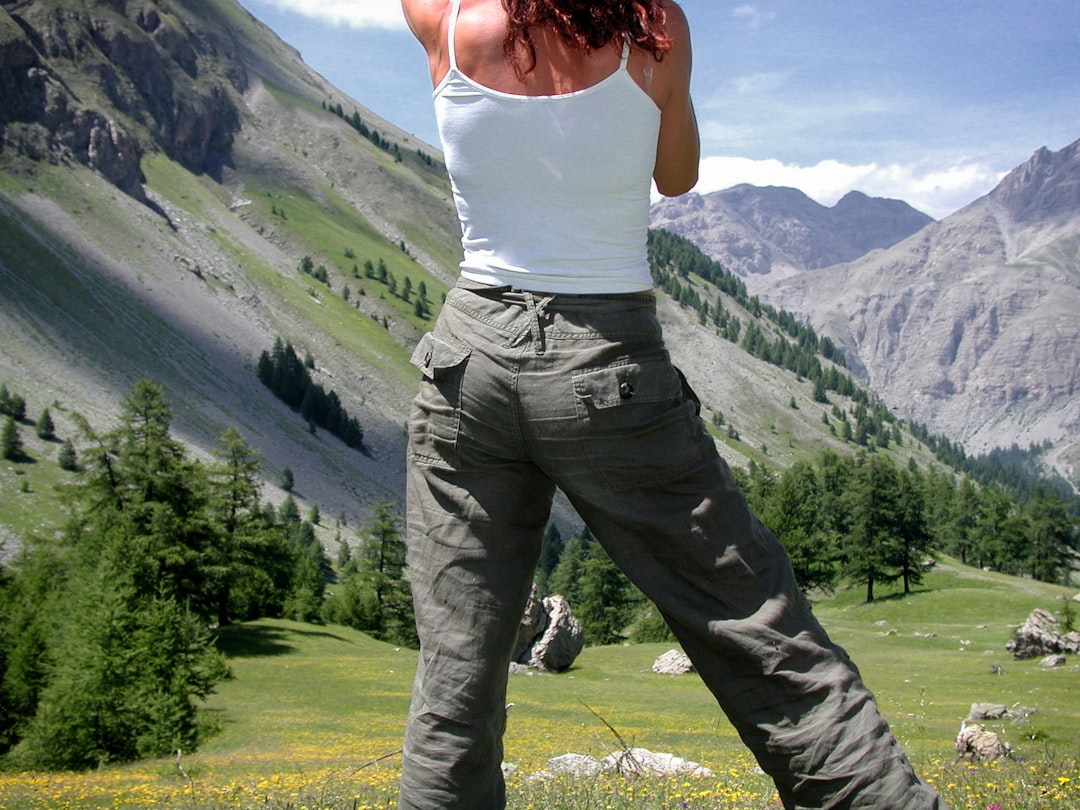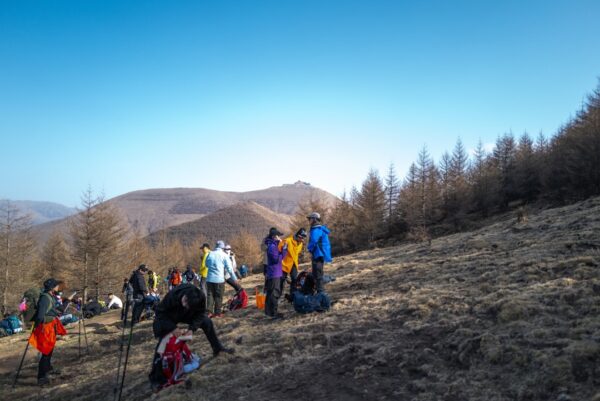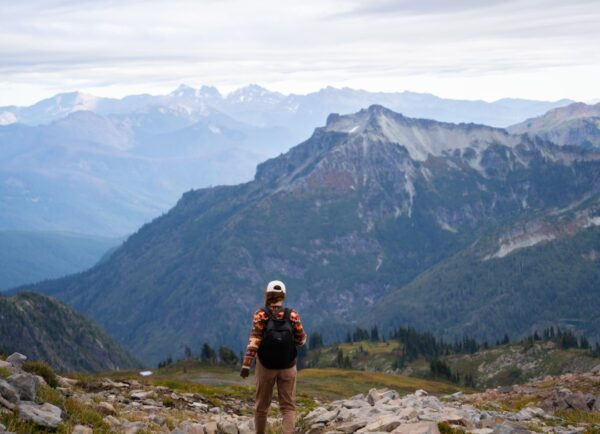Why a Solid Winter Hiking Gear List Matters
Your winter hiking gear list is the most important tool for a successful cold-weather adventure. Whether you’re exploring the quiet snowy trails of Glacier National Park or navigating forest paths near Oslo, having the right gear ensures safety, comfort, and unforgettable scenery. Surprisingly, even seasoned summer hikers often underestimate the challenges of winter hiking. Equipment isn’t just about convenience—it can be a life-saving element when the temperature drops below freezing and trails turn into icy obstacle courses.
In harsh environments, winter weather can shift rapidly. Clear skies can disappear behind snow squalls in hours. Wet boots and exposed fingers aren’t just unpleasant—they’re dangerous. That’s why building a winter hiking gear list is essential for anyone trekking in snow, whether in Banff’s frosty backcountry or along Lake Tahoe’s alpine ridges. Let’s break down everything you need to stay warm, dry, and safe this winter—no matter where your boots take you.
Layering Like a Local: Clothing Essentials
Layering is the backbone of any effective winter hiking gear list. The goal isn’t just warmth—it’s temperature regulation. The best winter hikers in ranges from the Rockies to the Swiss Alps use the proven three-layer system:
- Base Layer: Opt for moisture-wicking fabrics like merino wool or technical synthetics. Avoid cotton—it retains moisture and cools your body rapidly. Brands like Icebreaker and Smartwool offer reliable options for any age group.
- Mid Layer: Choose an insulating layer such as a lightweight down or synthetic jacket. Popular picks include the Patagonia Nano Puff and the Arc’teryx Cerium LT.
- Outer Layer: This shell protects against wind and precipitation. Go for waterproof, breathable jackets with pit zips for venting—options from The North Face or Marmot’s GORE-TEX line are trail-tested favorites.
Don’t forget to protect your extremities. Wool socks (Darn Tough Vermont is a trusted brand), waterproof gloves, and a wind-resistant hat are essentials. In alpine regions like the Sierra Nevadas, add a balaclava or neck gaiter. Families hiking in windy zones like Scotland’s Cairngorms should dress children in one extra layer for every adult one—yes, even if they say they’re warm!
Footwear: Traction and Warmth on the Trail
Foot protection is fundamental to any winter hiking gear list. Standard summer boots won’t suffice. Instead, choose insulated, waterproof boots with aggressive tread. For example, the Salomon Toundra Pro CSWP and the Oboz Bridger 10″ are favorites on snowy trails in Alberta and Japan’s Kumano Kodo.
Enhance grip by packing traction aids. Kahtoola Microspikes provide extra security on icy routes throughout Park City or Alaska. For more intense terrain, trail crampons or snowshoes—like the Hillsound Trail Crampon or MSR Evo Ascent—may be necessary. Before you head out, check up-to-date trail conditions on apps like AllTrails or Gaia GPS.
Backpack Essentials: Safety and Comfort
A thorough winter hiking gear list includes more than clothes and boots. Your backpack should function as a mobile safety kit. Pack for warmth and survival with a cold-weather version of the classic Ten Essentials:
- Navigation: Carry a paper map and compass alongside GPS. Cold can drain devices—Garmin inReach Mini 2 offers reliable backup in remote zones.
- Light Source: Bring a headlamp with spare batteries. Petzl and Black Diamond models work well in low temps.
- Nutrition: Cold boosts calorie burn. Carry dense snacks like cheese, nuts, and jerky. A thermos of broth adds warmth and morale.
- Water: Prevent frozen water by using insulated bottles or wrapping hydration bladders in neoprene sleeves.
- Emergency Shelter: Even on day hikes, pack an ultralight bivvy sack or reflective space blanket.
- Fire Source: Waterproof matches, lighters, and firestarter cubes offer peace of mind in exposed areas like Patagonia.
Toss in chemical warmers for hands and toes—especially for kids. Many trekkers in Iceland or the Julian Alps carry a compact stove like the MSR PocketRocket 2 to heat up a drink on the go, boosting warmth and morale within minutes.
Choosing the Right Pack and Accessories
For day hikes, choose a 25–35 liter pack that can handle winter layers and gear. Models like the Osprey Talon/Tempest series or Deuter’s Futura line balance comfort with functionality. Look for features like hip belts and hydration sleeves that prevent your water line from freezing.
Use dry bags inside your pack to keep gear dry in case of snow penetration. Brands like Sea to Summit and Hyperlite Mountain Gear offer lightweight, weatherproof options. Add trekking poles with snow baskets for support—especially useful on uneven or icy terrain and for hikers with kids or sore knees.
Families can enhance morale with a “comfort kit”—baby wipes (they won’t freeze), a lightweight sit pad, and a compact insulated blanket like the Rumpl NanoLoft. Local hikers around Mount Mansfield in Vermont or Finland’s snowy Pallas-Yllästunturi often pack hot chocolate in a thermos for a mid-hike treat.
Tech and Navigation in Cold Conditions
Cold weather shortens battery life, making navigation tools less reliable. Store electronics like phones, GPS devices, and cameras close to your body to keep them warm. Battery packs—like the Anker PowerCore line—are invaluable backups. Download offline maps before your trek using apps like FatMap or Gaia GPS.
In avalanche-prone zones—such as Colorado’s Front Range or Whistler’s back bowls—carry an avalanche beacon, probe, and shovel. Even on marked trails, understanding snow risks is critical. Join a local avalanche course or schedule a session with guides in areas like Hokkaido or Rondane National Park to build basic avalanche awareness.
Insider Tips from Rangers and Locals
Every reliable winter hiking gear list includes the benefit of local wisdom. For example, Yellowstone rangers warn hikers to factor in wind chill, not just air temperature. A sunny -5°C can feel like -15°C on exposed peaks like Bunsen Peak. In New Hampshire’s White Mountains, early starts are crucial—aim to finish highly exposed trails like Franconia Ridge by early afternoon.
Some trailheads, such as Oregon’s Mirror Lake or Utah’s Donut Falls, may be inaccessible by car due to snow. Research conditions via local forums or trail apps like Mountain Hub. Better yet, stop by local gear shops—REI Denver or MEC Vancouver staff often share insider tips about plowed roads or lesser-known snowy loops.
Prep for the Reward: Final Thoughts on Winter Trail Readiness
A detailed winter hiking gear list does more than prepare you—it empowers your exploration of frozen landscapes, whether through the pine forests of Lapland or snow-covered trails in Yosemite. Invest in reliable gear, verify trail conditions, and pack like experienced locals—balancing survival tools with a few cozy comforts.
Winter hiking offers rare beauty: silent trails, sparkling snowfields, and a peaceful connection to nature. Equipped with the right gear and the wisdom of preparation, you’ll discover that these chilly adventures are among the most rewarding of all. Let your winter hikes be less about braving the elements—and more about embracing the wonder.







